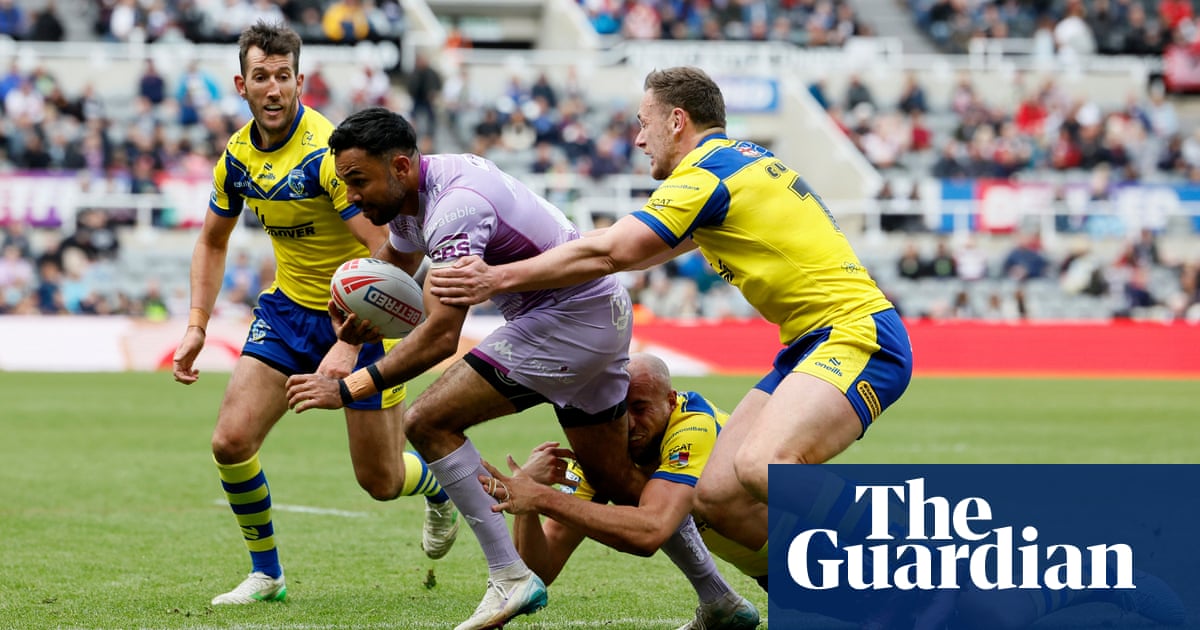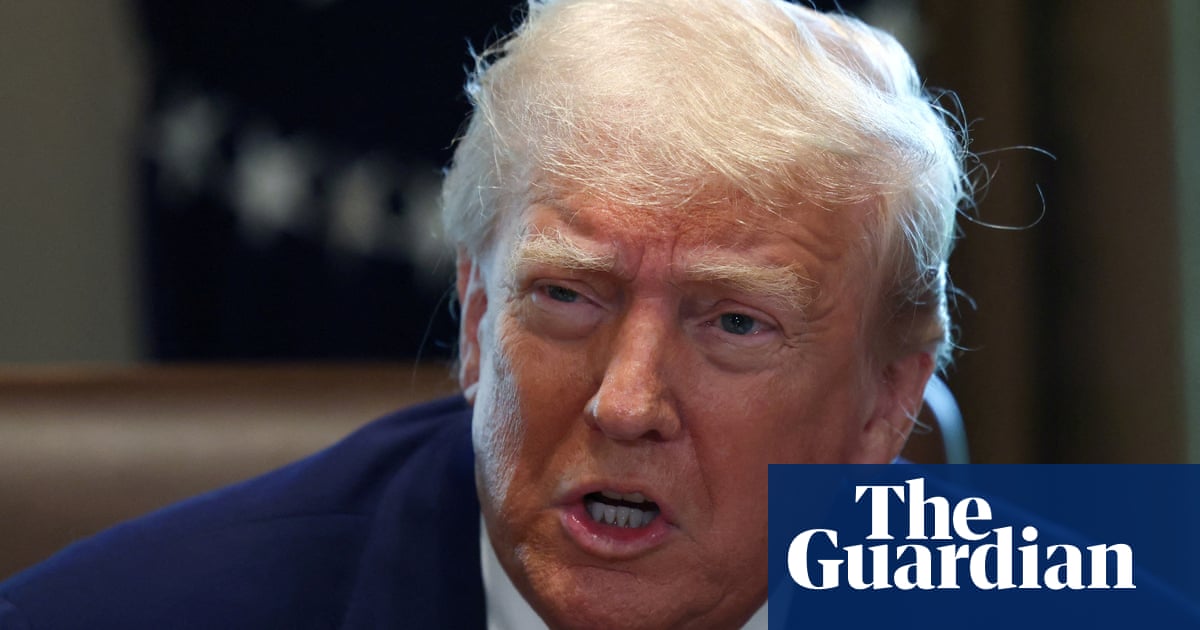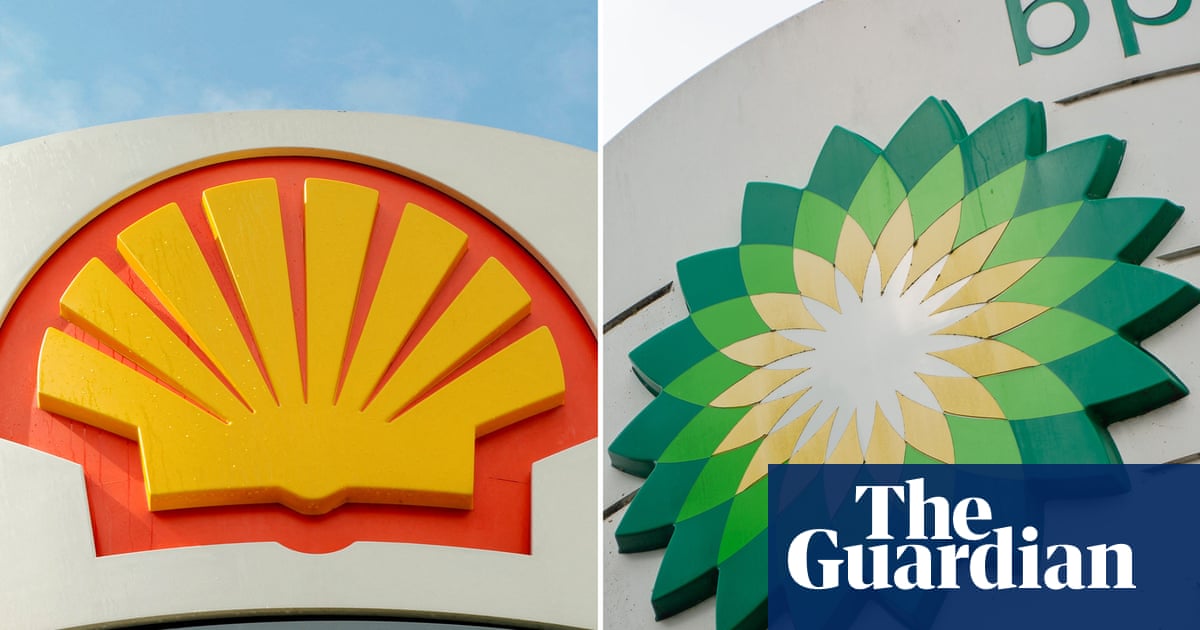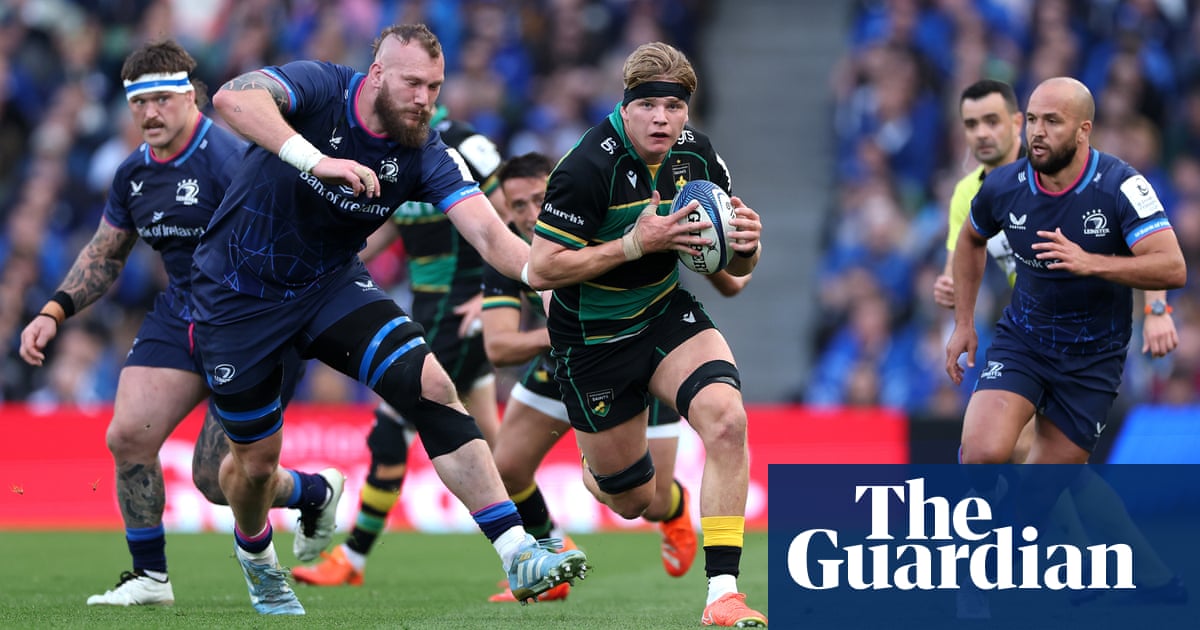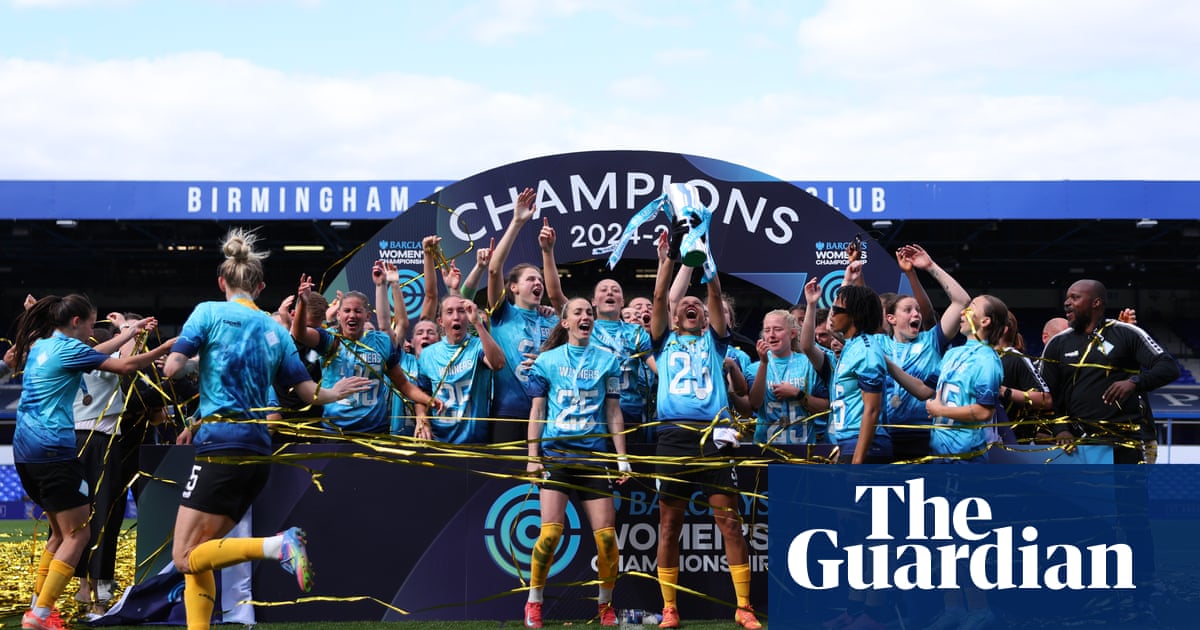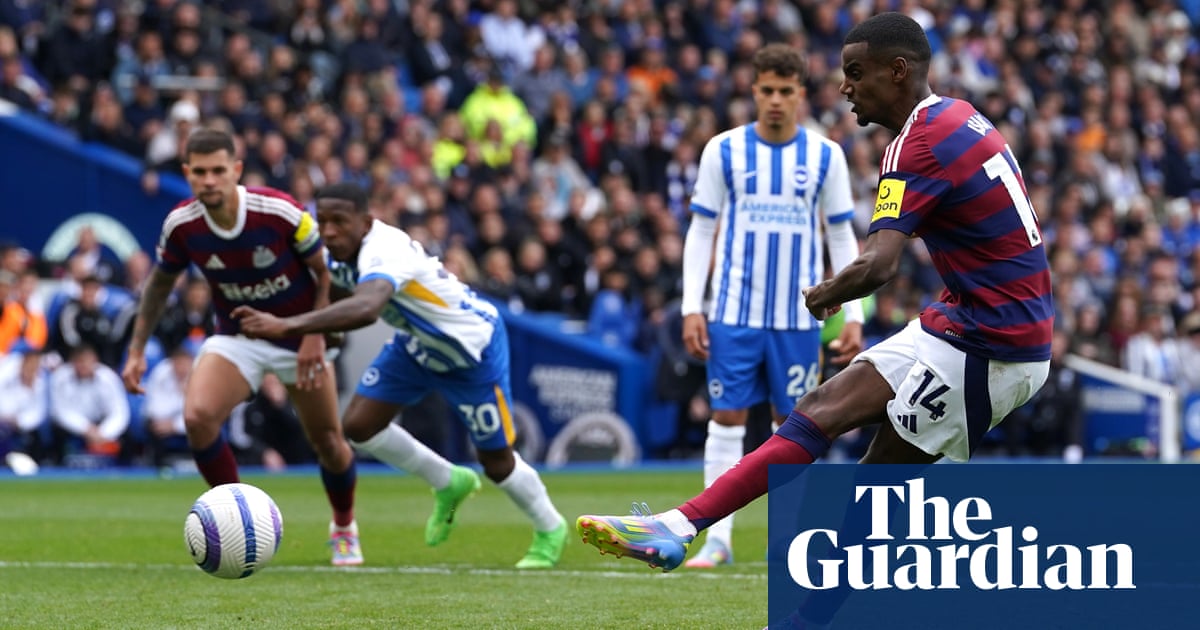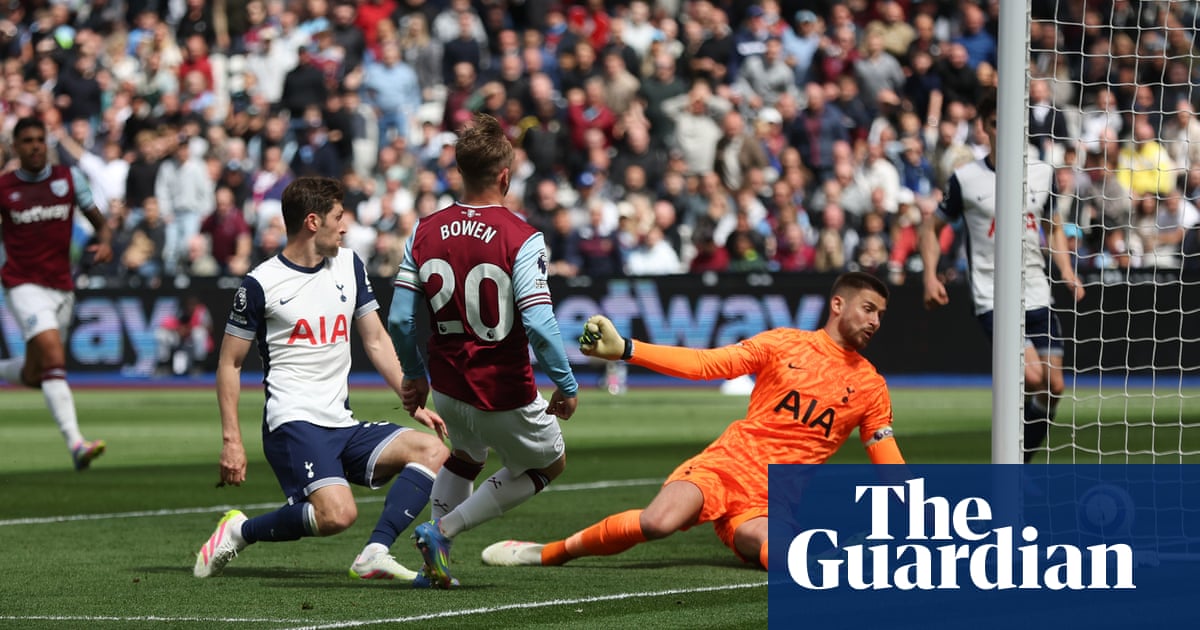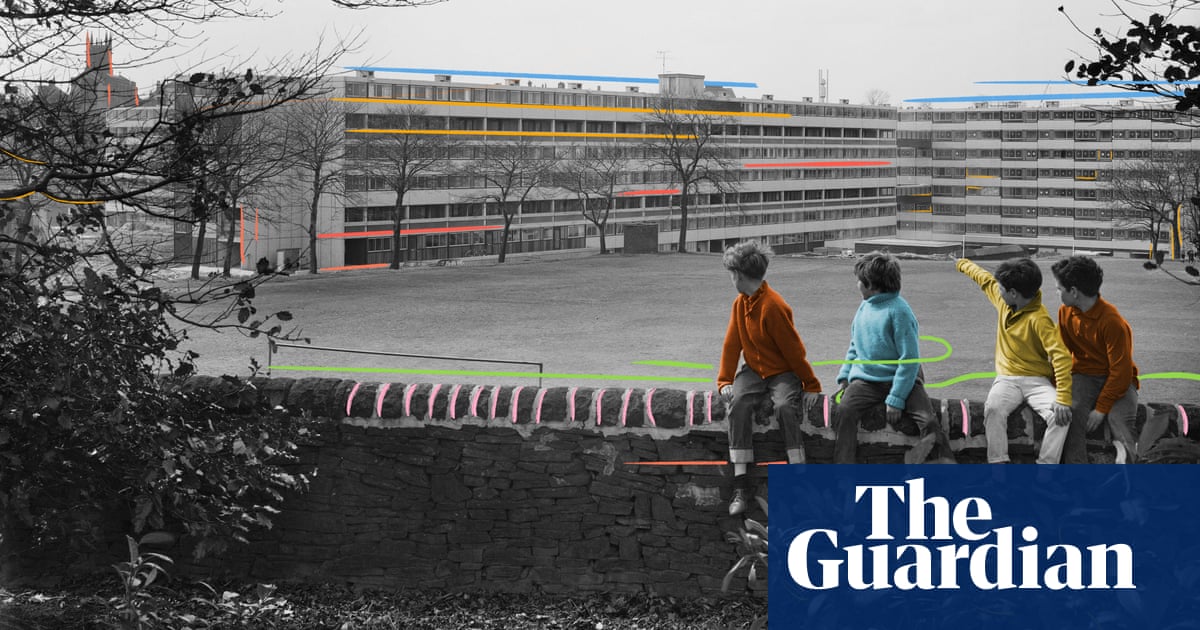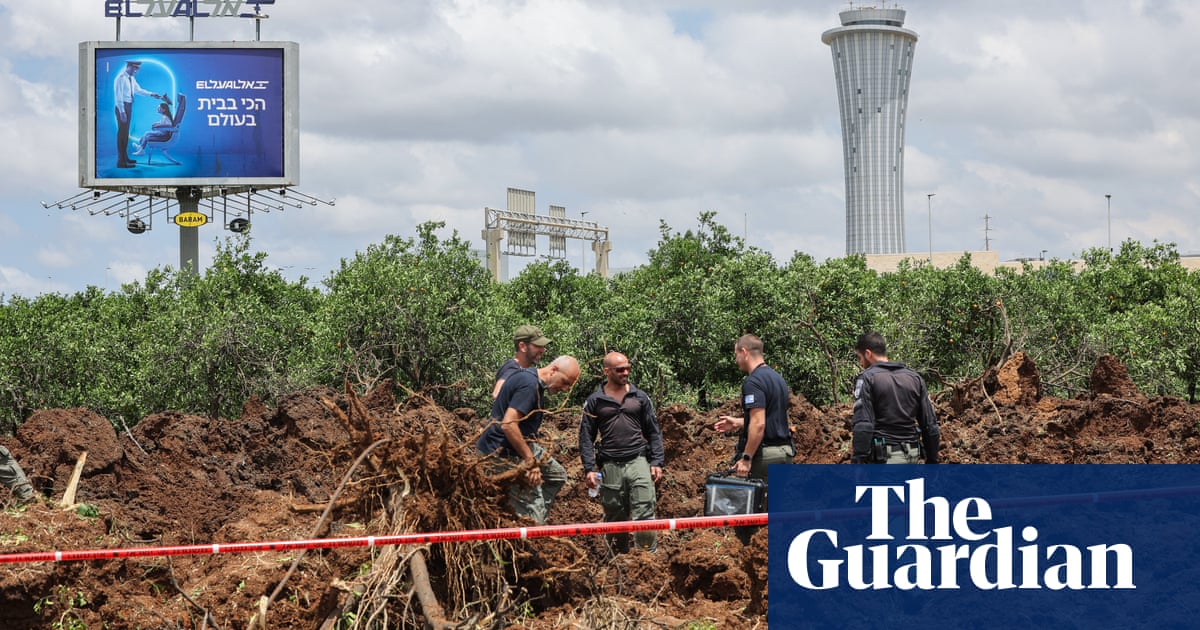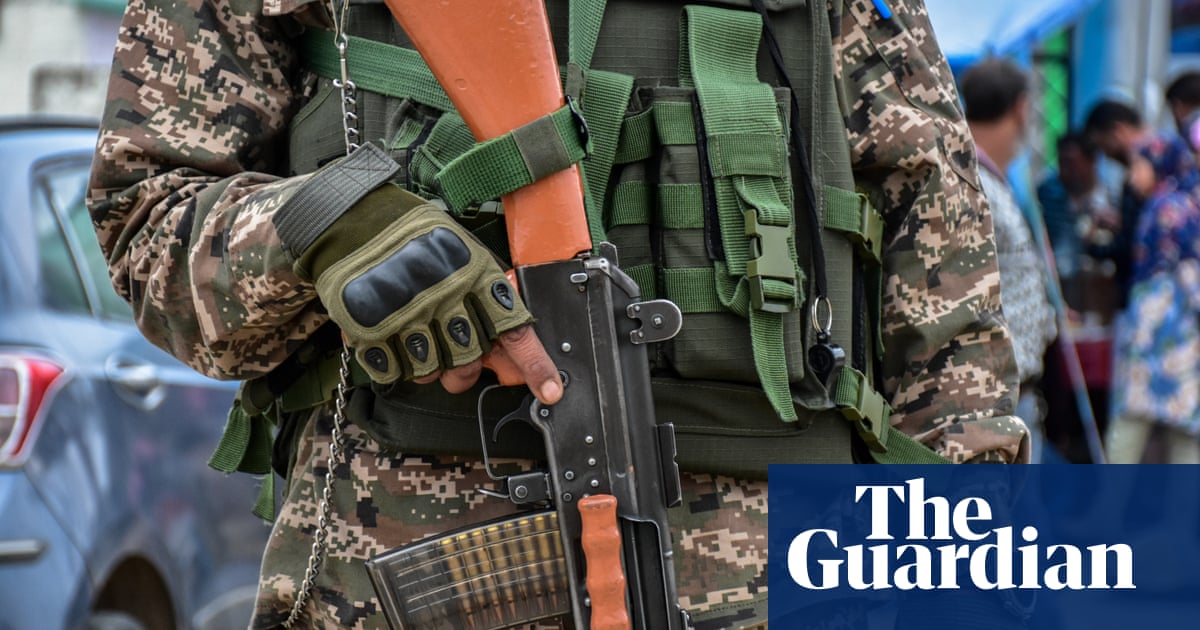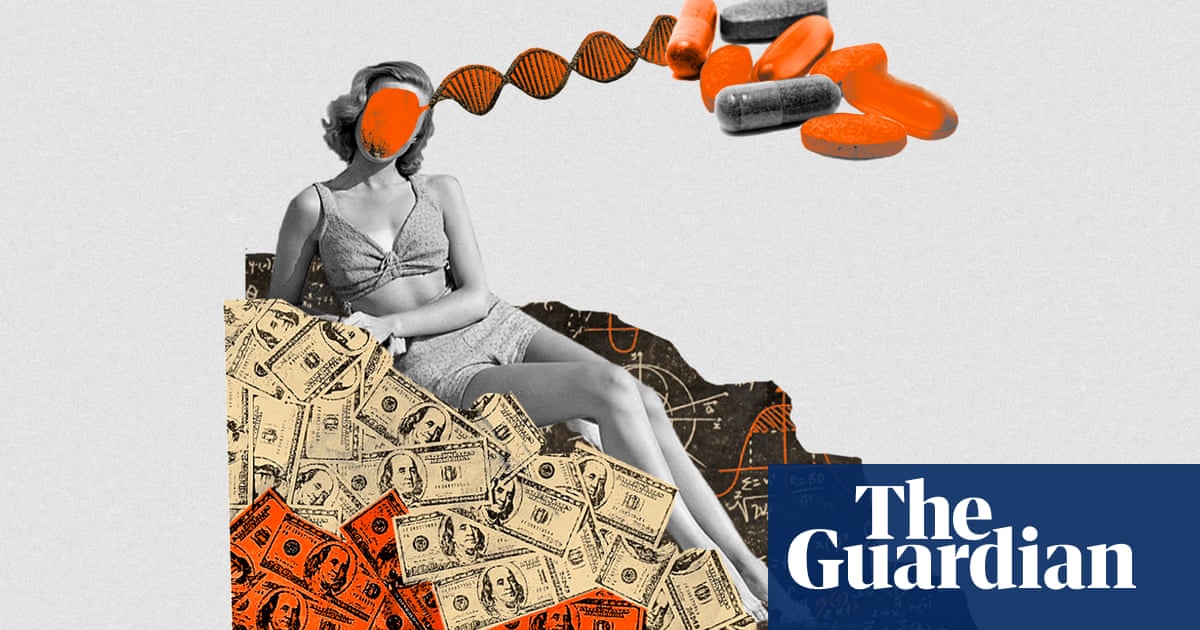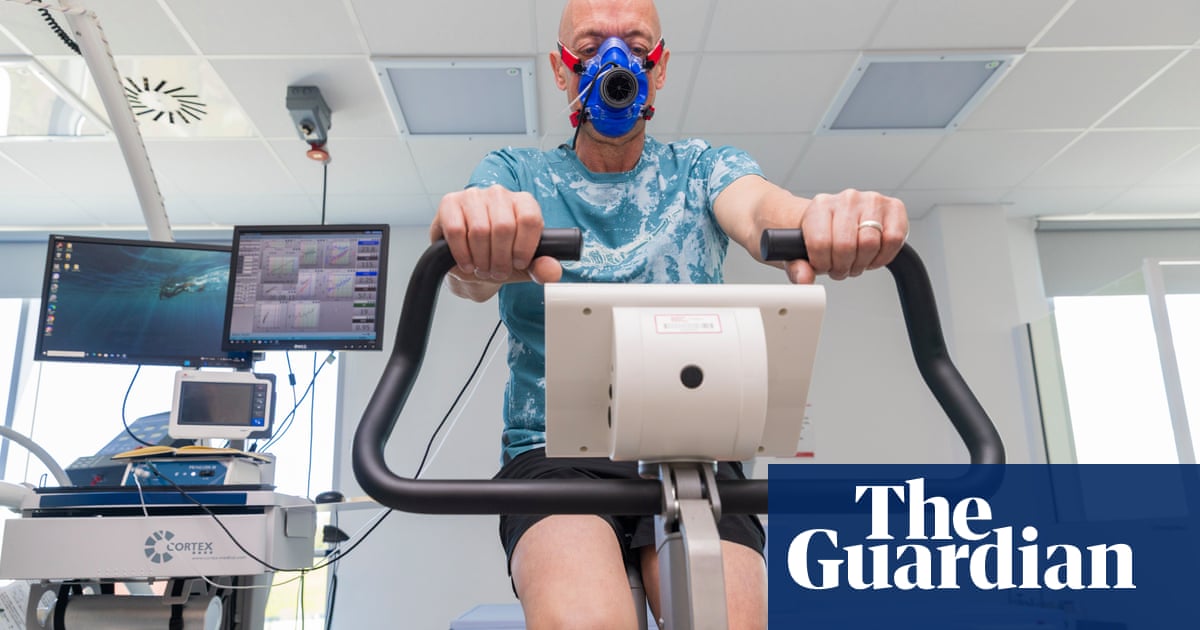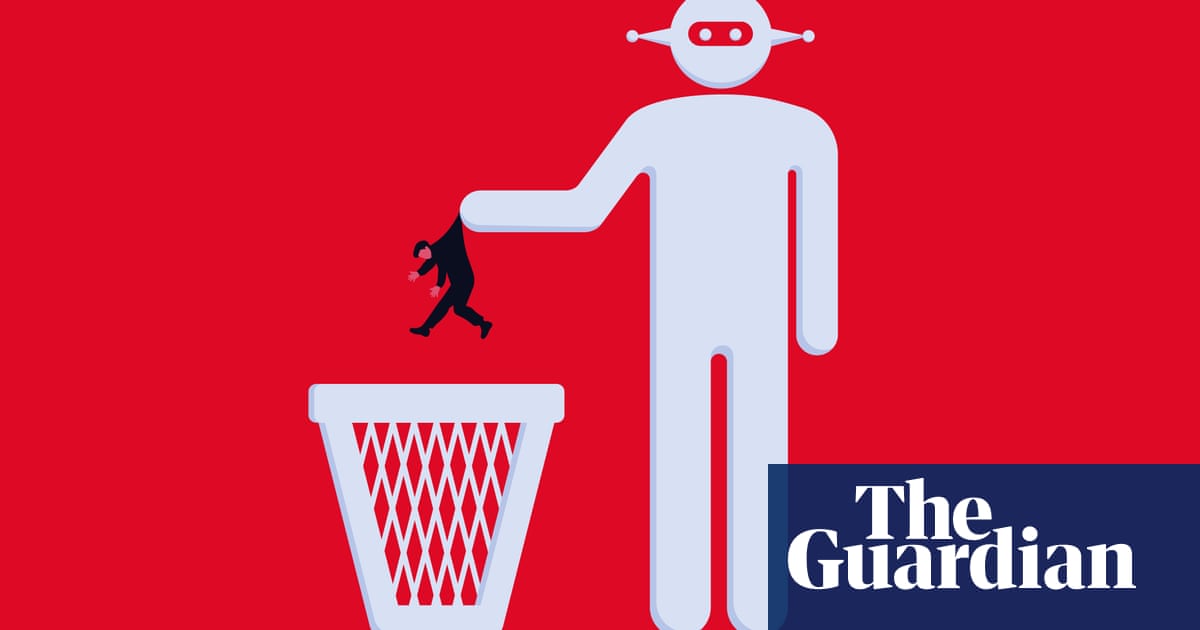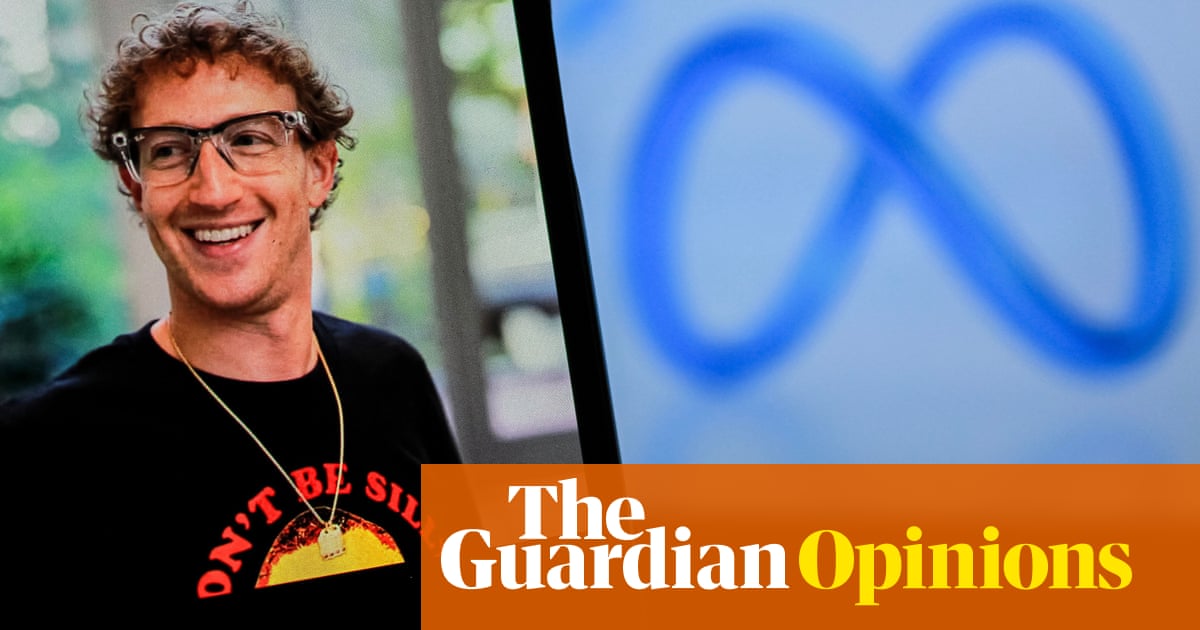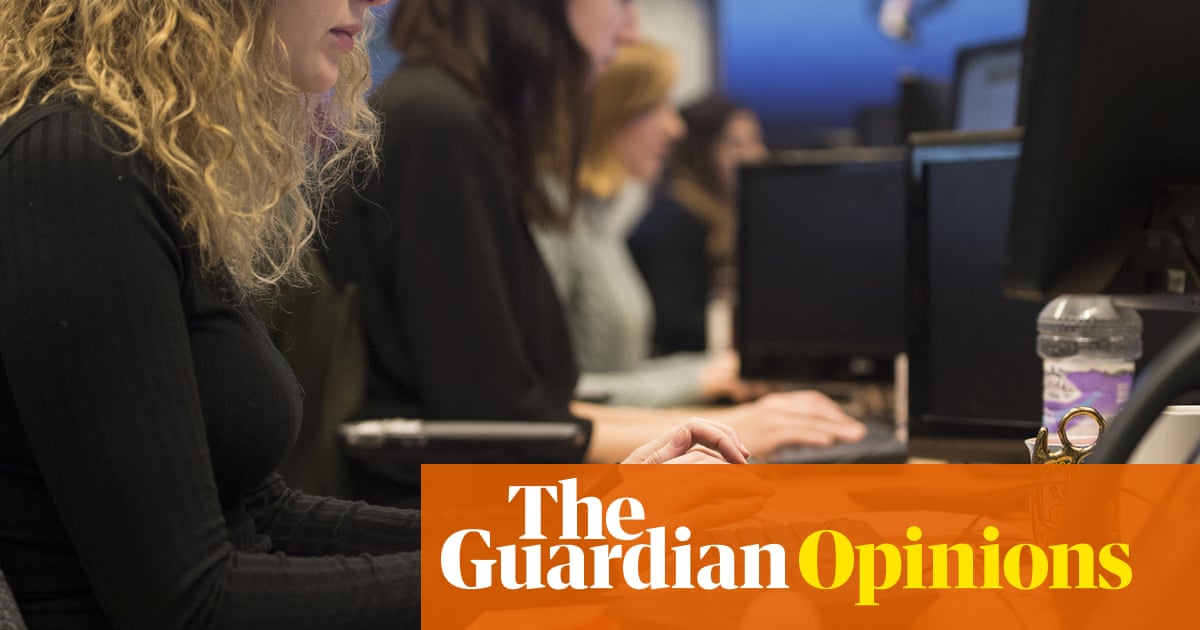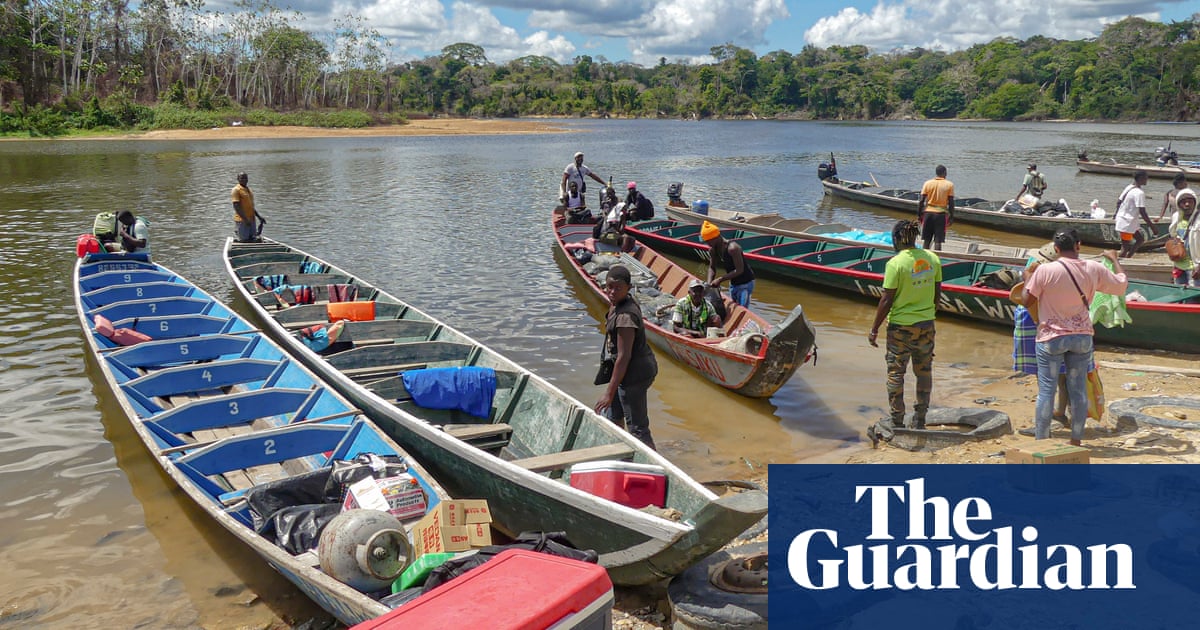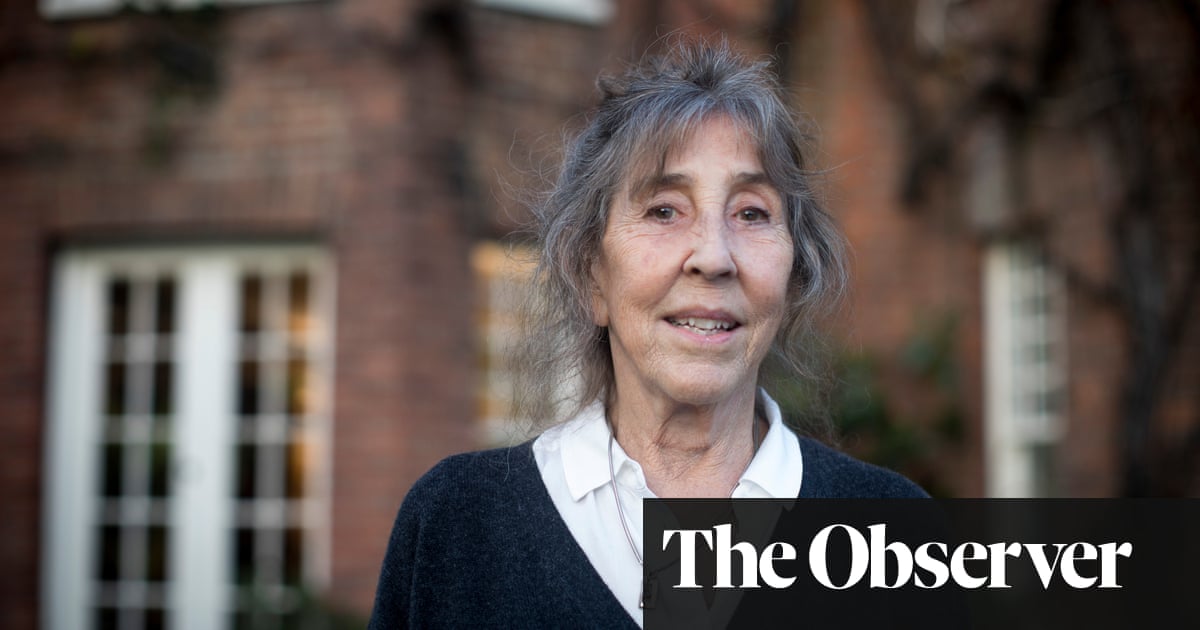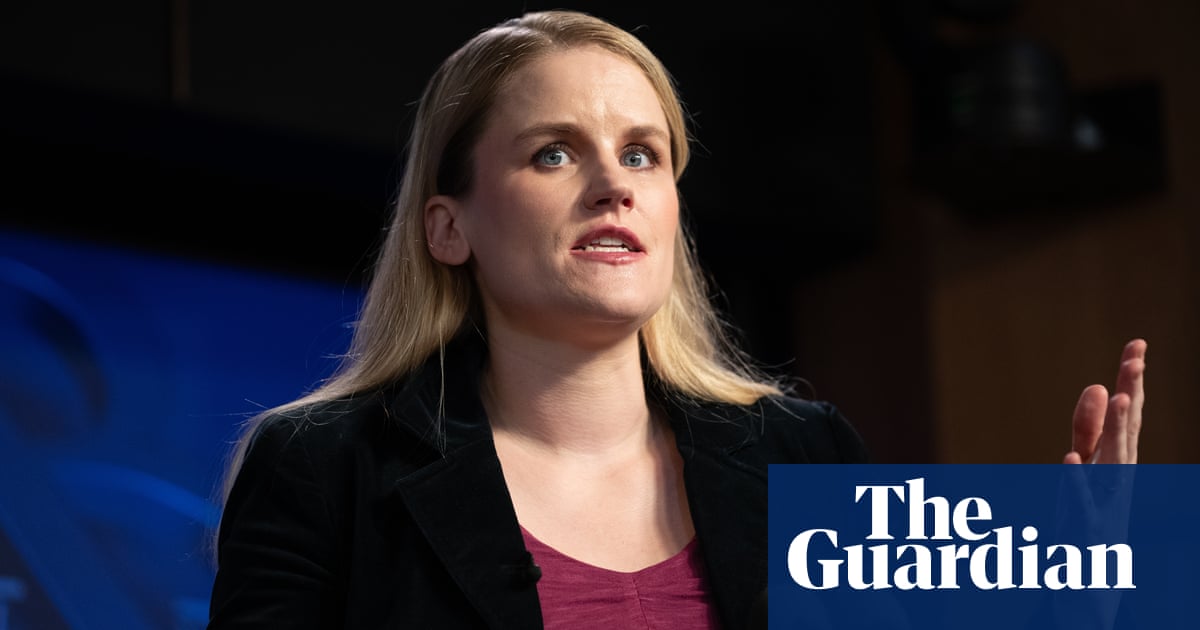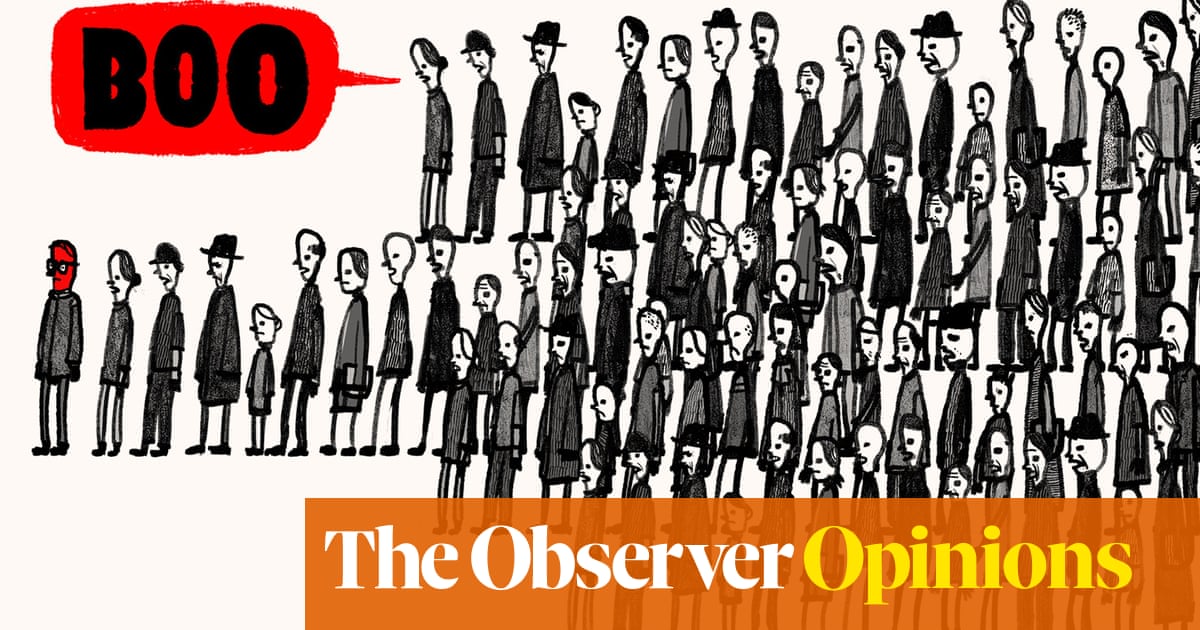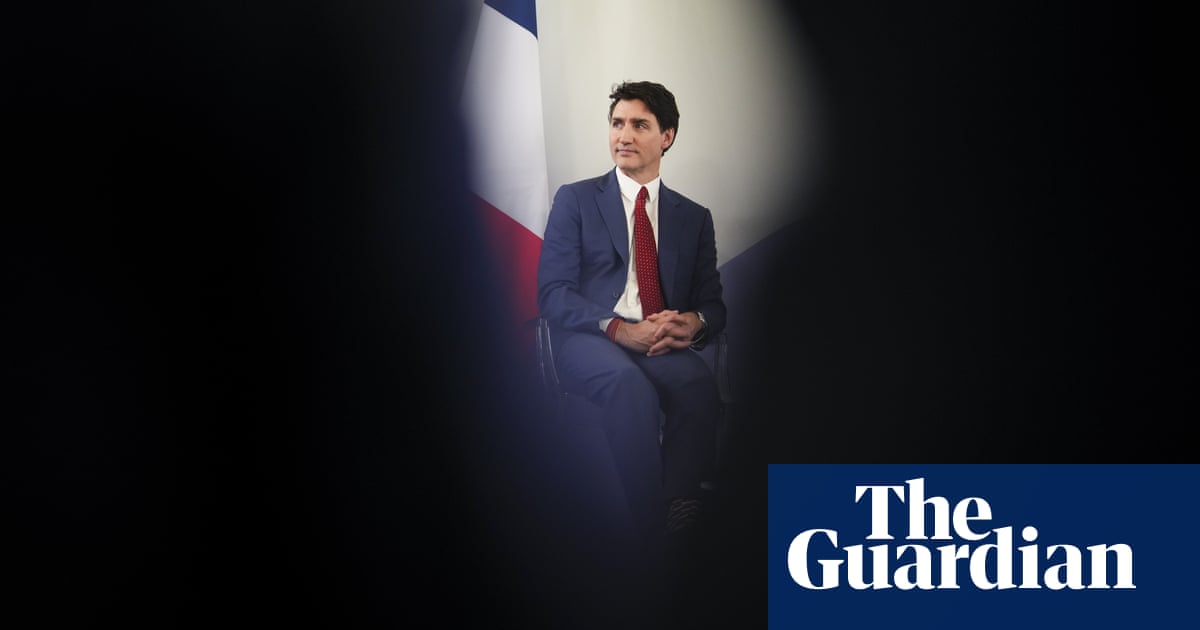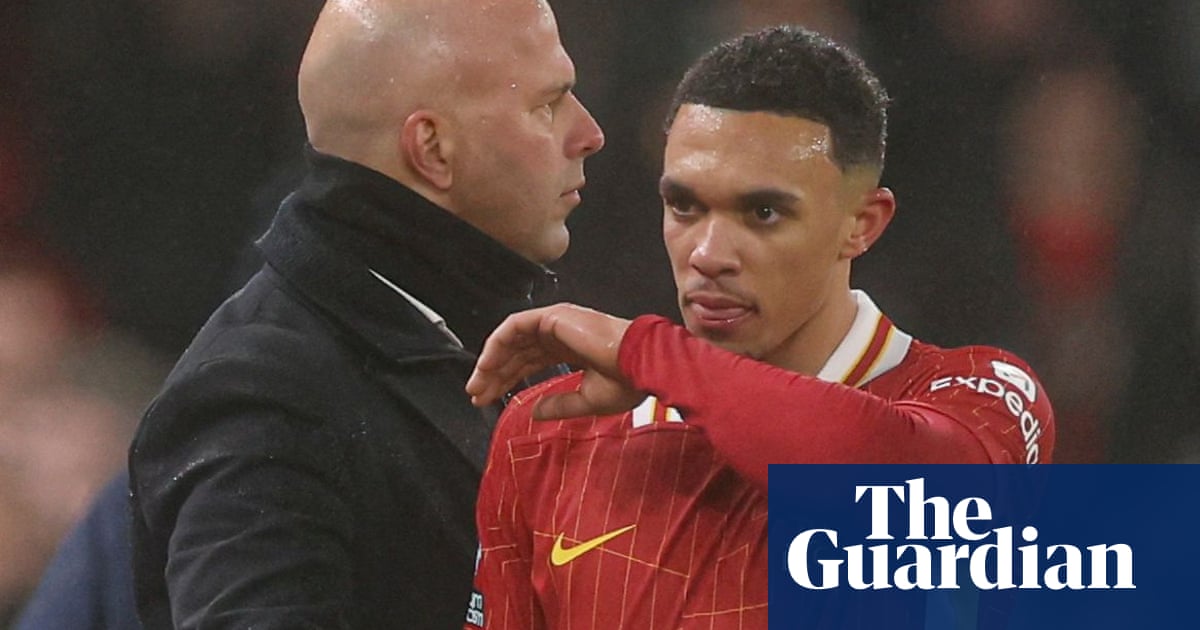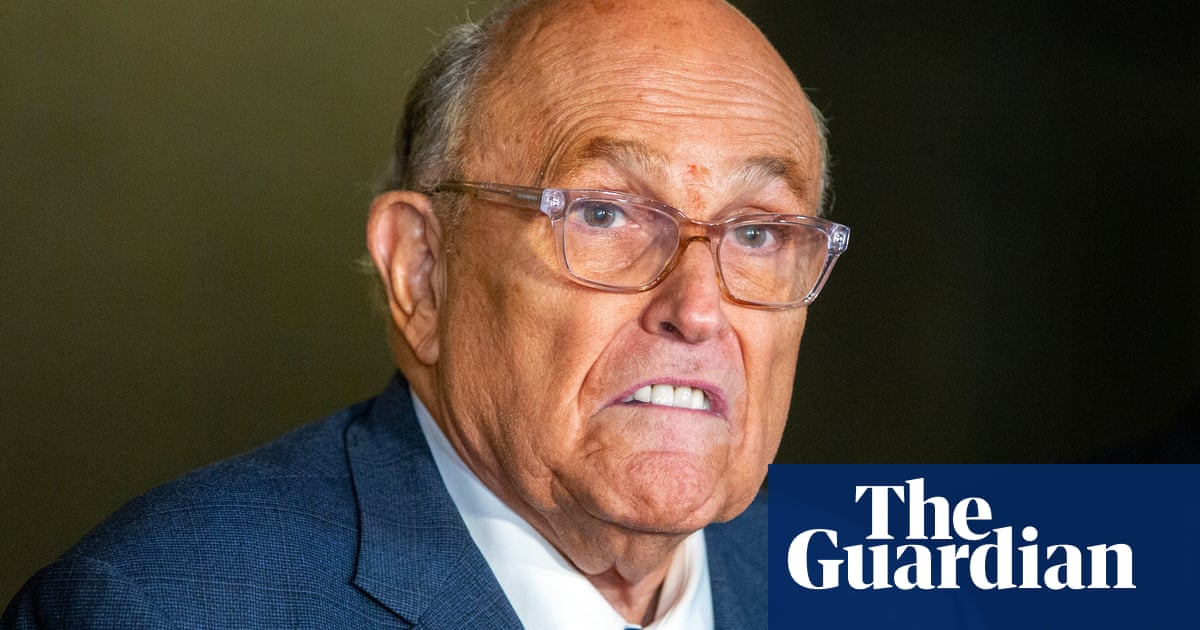As the cardinals ready themselves to select the next pope, one thing is certain: this will be the most unpredictable conclave in the recent history of the Catholic church. I worked in the Vatican for 18 years, and on my return to Rome for the funeral of Pope Francis last month, the tension and drama were already palpable.
Some observers and former colleagues I spoke to believe this will be a particularly difficult conclave, given its size – 133 electors, as opposed to 117 last time – and the fact that many of the cardinals don’t know one another. This is down to Francis diversifying the college, appointing cardinals from all over the world: a full 108 of the current crop were his selections. Others suggest the electors will try to reach a decision in less than a week to avoid the appearance of a divided church.
In Conclave, the film based on Robert Harris’s novel, the conservative and progressive factions vie for dominance (using various underhand methods to lobby and campaign) while external events, which the voters are meant to be shut away from, intervene in the form of a terror attack. It’s an informative, though only partially accurate, portrayal. It’s true that there are both progressive and conservative currents within the church, but there is also a moderate current, which the film didn’t represent.
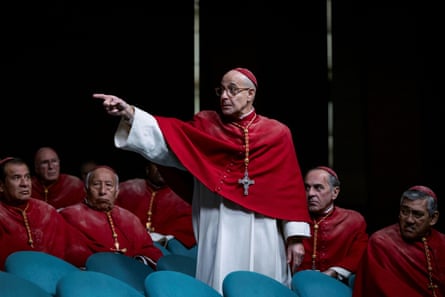
The progressive wing is represented by cardinals who will now seek to maintain the disruptive and reformist momentum of Pope Francis, pushing the church to modernise its structures and enter into dialogue with the contemporary world. Among their leading figures are the Italian cardinal Matteo Zuppi and the German cardinal Reinhard Marx, who has spoken openly about the need for reform within the church. The conservative wing focuses instead on safeguarding Catholic doctrine: the Hungarian cardinal Péter Erdő and the Congolese cardinal Fridolin Ambongo are among the prominent representatives of this stance.
The moderate wing, on the other hand, seeks to build bridges between the two positions by adopting a more dialogue-oriented approach. It sees the church as one actor among many in the pursuit of the common good, encouraging engagement with culture, politics and other religions. Its representatives include the US cardinal Robert Francis Prevost, currently serving in the Roman curia, and the French cardinal Jean-Marc Aveline.
In the days ahead, the first major challenge will be for cardinals across these three currents to get to know one another. They have already had preliminary meetings, often referred to as the “pre-conclave”. Here they present their ideas about how the church should be led, as well as describing their local realities – for instance, from remote regions or countries with fewer Christians. In this way, the necessary profile for the new leader, whether to continue or break from the previous pontificate, gradually emerges and alliances are formed. It wouldn’t be correct to assume that the 108 cardinals created by Francis will automatically vote for a reformist candidate; this is because some of them were appointed for specific reasons (as is the case of the curial cardinals, who work for the Vatican’s administrative state) and because others, over time, develop their own aspirations within the church.
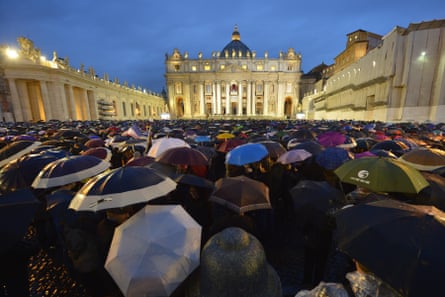
During my time in Rome, I noticed that many seemed to be in favour of an Italian pope (the last one, Pope John Paul I, died in 1978). But as the saying goes: “He who enters the conclave as pope, leaves as a cardinal.” In other words, those seen as the most likely winners during the pre-conclave period are often quickly overtaken by others who have not been on the front pages of the newspapers.
Seasoned Vatican observers note the appetite, regardless of geographical or ideological background, for the candidate to be in good health and ideally over 70 years old. “We need a new holy father, not an eternal father,” as one bishop told me.
As far as Italian candidates are concerned, it is interesting to note that Italy is the nation with the highest number of cardinal electors: 17 in total (12.6%). The three most mentioned names are Pietro Parolin, former Vatican secretary of state; Matteo Zuppi, president of the Italian Bishops’ Conference; and Pierbattista Pizzaballa, patriarch of Jerusalem, whose profile is particularly striking given the historical moment and the complex geopolitical location in which he exercises his pastoral work. His only “flaw” is that he is 60 years old.
In each conclave, there emerge the “great electors”: those with greater influence and experience, or those from financially powerful dioceses. In the run-up to the conclave that elected John Paul II in 1978, Polish bishop Andrzej Maria Deskur championed the candidacy of cardinal Karol Wojtyła, as he was then known, working so tirelessly that he suffered a stroke the day before conclave began. The day after Pope John Paul’s election, he visited Deskur in hospital and soon after named him a cardinal. Similarly, the Brazilian cardinal Cláudio Hummes was a key “great elector” for Pope Francis, and even suggested the name “Francis”, urging him not to forget the poor.
As preparations for the conclave continue, the Sistine Chapel is being fitted with chairs and desks for the electors. Vatican security forces are rigorously inspecting the site to ensure there are no hidden microphones or devices that could leak information. All of this is intended to ensure that once the conclave begins on 7 May, the 133 electors will be completely cut off from the outside world and fully focused on their task.
Thus, as the doors of the Sistine Chapel close following the historic command of “Extra omnes” (“everyone out”), and the world’s attention focuses on a chimney, one of the most consequential acts of our era will begin: the election of a new spiritual leader for more than a billion faithful. Beyond strategies, factions and nationalities, the conclave must remember that its mission is ultimately to select the one best suited to lead the church in our time.
-
Ariel Beramendi worked at the Vatican for 18 years as an official in the Dicastery for Communication. He is now working at the Catholic parish in Balham, south London
-
Do you have an opinion on the issues raised in this article? If you would like to submit a response of up to 300 words by email to be considered for publication in our letters section, please click here.

 4 hours ago
3
4 hours ago
3
